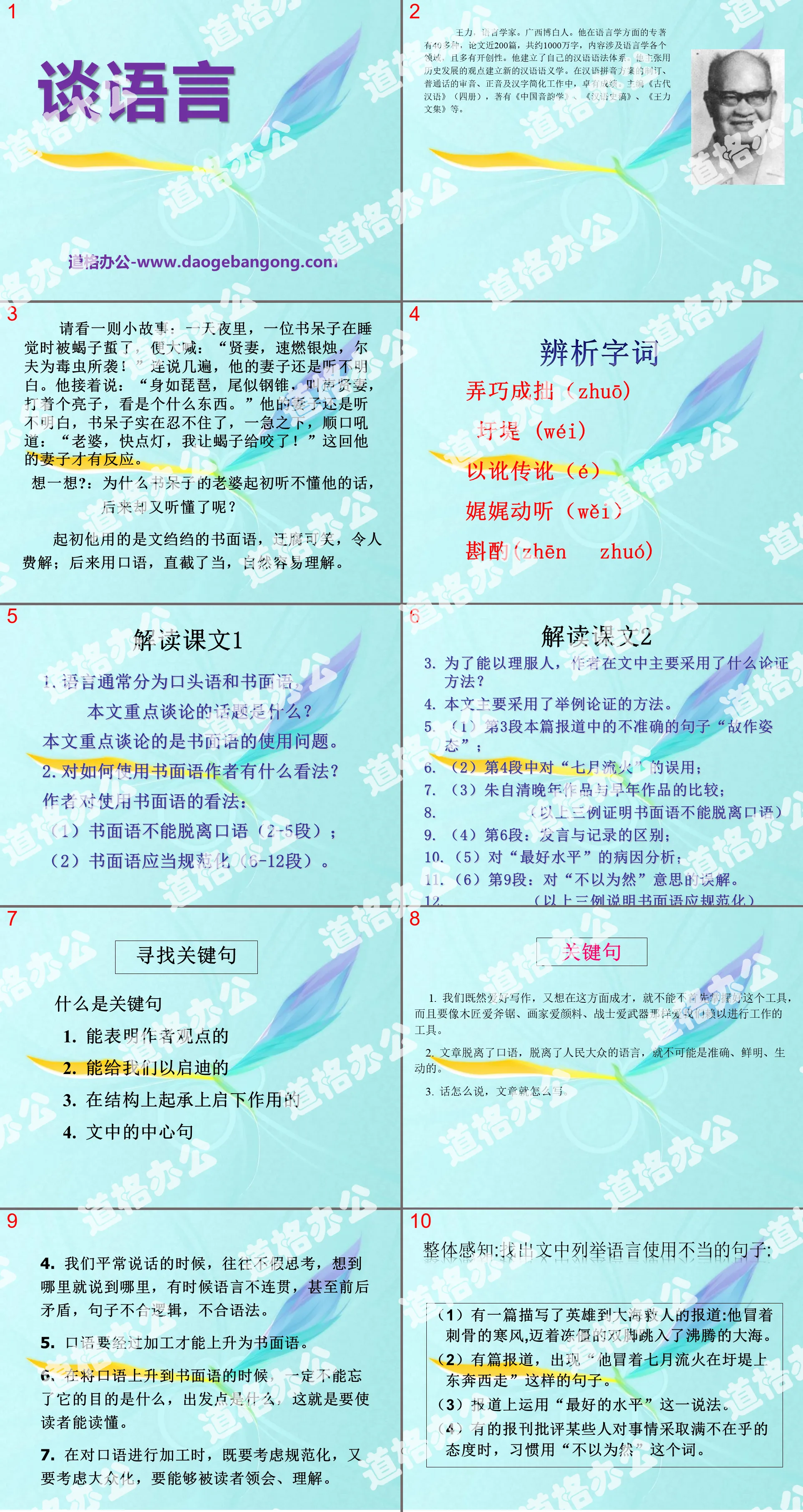The second volume of first-grade Chinese compiled by the People's Education Publishing House
The second volume of fifth-grade Chinese compiled by the People's Education Publishing House
The first volume of Chinese language for eighth grade compiled by the People's Education Publishing House
The first volume of first-grade Chinese compiled by the People's Education Publishing House
The first volume of ninth-grade Chinese compiled by the People's Education Publishing House
The first volume of fourth-grade Chinese compiled by the People's Education Publishing House
The first volume of Chinese language for sixth grade compiled by the People's Education Publishing House
The second volume of Chinese language for eighth grade compiled by the People's Education Publishing House
The first volume of Chinese language for fifth grade compiled by the People's Education Publishing House
The first volume of second-grade Chinese compiled by the People's Education Publishing House
Hunan Education Edition Third Grade Chinese Language Volume 1
The second volume of fourth-grade Chinese compiled by the People's Education Publishing House
The second volume of second-grade Chinese compiled by the People's Education Publishing House
The first volume of third-grade Chinese compiled by the People's Education Publishing House
The second volume of Chinese language for sixth grade compiled by the People's Education Publishing House
The second volume of seventh-grade Chinese compiled by the People's Education Publishing House

| Category | Format | Size |
|---|---|---|
| Chinese version of eighth grade Chinese language volume 1 | pptx | 6 MB |
Description
"Talk about Language" PPT courseware 3
Wang Li, linguist. Guangxi Bobai people. He has written more than 40 monographs on linguistics and nearly 200 papers, totaling about 10 million words, covering various fields of linguistics, many of which are groundbreaking. He established his own Chinese grammar system. He advocates establishing a new Chinese semantics from the perspective of historical development. He has made great achievements in the formulation of the Chinese Pinyin plan, the pronunciation of Mandarin, the correct pronunciation and the simplification of Chinese characters. He is the editor-in-chief of "Ancient Chinese" (four volumes), and the author of "Chinese Phonology", "Manuscripts of the History of Chinese", "Collected Works of Wang Li", etc.
Analyze words
Self-defeating (zhuō)
polder (wéi)
spread rumors (é)
eloquent (wěi)
consider(zhēn zhuó)
Interpret text 1
1. Language is usually divided into spoken language and written language.
What is the focus of this article?
This article focuses on the use of written language.
2. What are the author’s opinions on how to use written language?
The author’s views on the use of written language:
(1) Written language cannot be separated from spoken language (paragraphs 2-5);
(2) Written language should be standardized (paragraphs 6-12).
Interpret text 2
3. In order to convince people with his reasoning, what main argument methods does the author use in the article?
This article mainly uses examples to demonstrate.
(1) The inaccurate sentence in this report in paragraph 3 is "pretentious";
(2) Misuse of “July Fire” in paragraph 4;
(3) Comparison between Zhu Ziqing’s later works and his early works;
(The above three examples prove that written language cannot be separated from spoken language)
(4) Paragraph 6: The difference between speaking and recording;
(5) Analysis of the etiology of the “best level”;
(6) Paragraph 9: Misunderstanding of the meaning of “disapproval”.
(The above three examples illustrate that written language should be standardized)
Key sentences
1. Since we love writing and want to become talented in this area, we must first master this tool, and we must love the tools we rely on to do our work just like carpenters love axes and saws, painters love paint, and soldiers love weapons.
2. Articles that are separated from spoken language and the language of the people cannot be accurate, clear, and vivid.
3. How you say the words, how you write the article.
4. When we usually speak, we often speak whatever comes to mind without thinking. Sometimes the language is incoherent or even inconsistent, and the sentences are illogical and ungrammatical.
5. Spoken language must be processed before it can be upgraded to written language.
6. When raising spoken language to written language, we must not forget its purpose and starting point, which is to enable readers to understand it.
7. When processing spoken language, we must consider both standardization and popularization, and must be able to be understood and understood by readers.
Overall Perception: Find sentences in the text that list inappropriate use of language:
(1) There is a report describing a hero going to the sea to save people: he braved the biting cold wind and jumped into the boiling sea with his frozen feet.
(2) There is a report that contains the sentence "He braved the July fire and ran around on the dike."
(3) Use the term “best level” in reporting.
(4) Some newspapers and magazines are accustomed to using the word "disapproval" when criticizing certain people for their indifferent attitude towards things.
Which summary of the central argument of this article do you think is more accurate ( )
A. When processing spoken language, we must consider both standardization and popularization.
B. Written language should be colloquial and standardized.
C. Written language should be the standardization of spoken language.
D. The article should be colloquial and standardized.
1. Practical application Help me! Some current advertising slogans abuse homophony, which is not conducive to language standardization. Please restore me to my true self:
Have fun riding (motorcycle commercial)
Amazingly bright (advertisement for eye disease treatment device)
Cough that cannot be relieved (cough medicine advertisement)
Local wine and heavenly taste (liquor advertisement)
2. Read the story and diagnose the problem:
(1) Xiao Zhang’s friend Xiao Hu got married, and Xiao Zhang went to attend the wedding. At the wedding, Xiao Zhang said to the beautifully dressed bride: "Oh, you are so beautiful today, you are beyond recognition!" The bride was very unhappy after hearing this. Xiao Zhang realized that he had said something wrong and quickly made up for it. He walked up to the groom, raised his glass and said, "Xiao Hu, you know I can't speak, so please bear with me. We are close buddies, come on, drink! We will die together." !" Xiao Hu almost fainted after hearing this.
(2) Xiaohong wrote a letter to her mother who works out of town: "Dear mother, I haven't seen you for a long time. It's like not seeing you for a day, like three autumns! Now my grades are improving with each passing day, and the teacher cares about me. I wish you all the best. Be healthy, happy and immortal!"
Keywords: Talking about language teaching courseware, Chinese version of the first volume Chinese courseware for eighth grade, downloading of eighth-grade Chinese slideshow courseware, downloading PPT courseware about talking about language, .ppt format
For more information about the "Talk about Language" PPT courseware, please click the "Talk about Language" ppt tag.
"Talk about Language" PPT Courseware 2:
"Talking about Language" PPT Courseware 2 Teaching Objectives 1. Understand the content of the article and be able to summarize the central argument and sub-arguments of the article. 2. Appreciate the plain and easy-to-understand language of this article. 3. Learn the author’s elegant and vulgar language style. 4. Learn the relationship between the theoretical argumentation and case argumentation in this article..
"Talk about Language" PPT courseware:
"Talking about Language" PPT courseware About the author Wang Li, Ziyi, is a linguist. Guangxi Bobai people. Graduated from the Institute of Chinese Studies at Tsinghua University in 1927. In 1931, he received a doctorate in literature from the University of Paris, France. He once held positions at Tsinghua University, Southwest Associated University, Sun Yat-sen University, Beijing...
File Info
Update Time: 2024-11-20
This template belongs to Chinese courseware Chinese version of eighth grade Chinese language volume 1 industry PPT template
"Talk about Language" PPT courseware 3 Simple campus recruitment activity planning plan summary enterprise and institution recruitment publicity lecture PPT template is a general PPT template for business post competition provided by the manuscript PPT, simple campus recruitment activity planning plan summary enterprise and institution recruitment promotion Lecture PPT template, you can edit and modify the text and pictures in the source file by downloading the source file. If you want more exquisite business PPT templates, you can come to grid resource. Doug resource PPT, massive PPT template slide material download, we only make high-quality PPT templates!
Tips: If you open the template and feel that it is not suitable for all your needs, you can search for related content "Talk about Language" PPT courseware 3 is enough.
How to use the Windows system template
Directly decompress the file and use it with office or wps
How to use the Mac system template
Directly decompress the file and use it Office or wps can be used
Related reading
For more detailed PPT-related tutorials and font tutorials, you can view: Click to see
How to create a high-quality technological sense PPT? 4 ways to share the bottom of the box
Notice
Do not download in WeChat, Zhihu, QQ, built-in browsers, please use mobile browsers to download! If you are a mobile phone user, please download it on your computer!
1. The manuscript PPT is only for study and reference, please delete it 24 hours after downloading.
2. If the resource involves your legitimate rights and interests, delete it immediately.
3. Contact information: service@daogebangong.com
"Talk about Language" PPT courseware 3, due to usage restrictions, it is only for personal study and reference use. For commercial use, please go to the relevant official website for authorization.
(Personal non-commercial use refers to the use of this font to complete the display of personal works, including but not limited to the design of personal papers, resumes, etc.)
Preview










